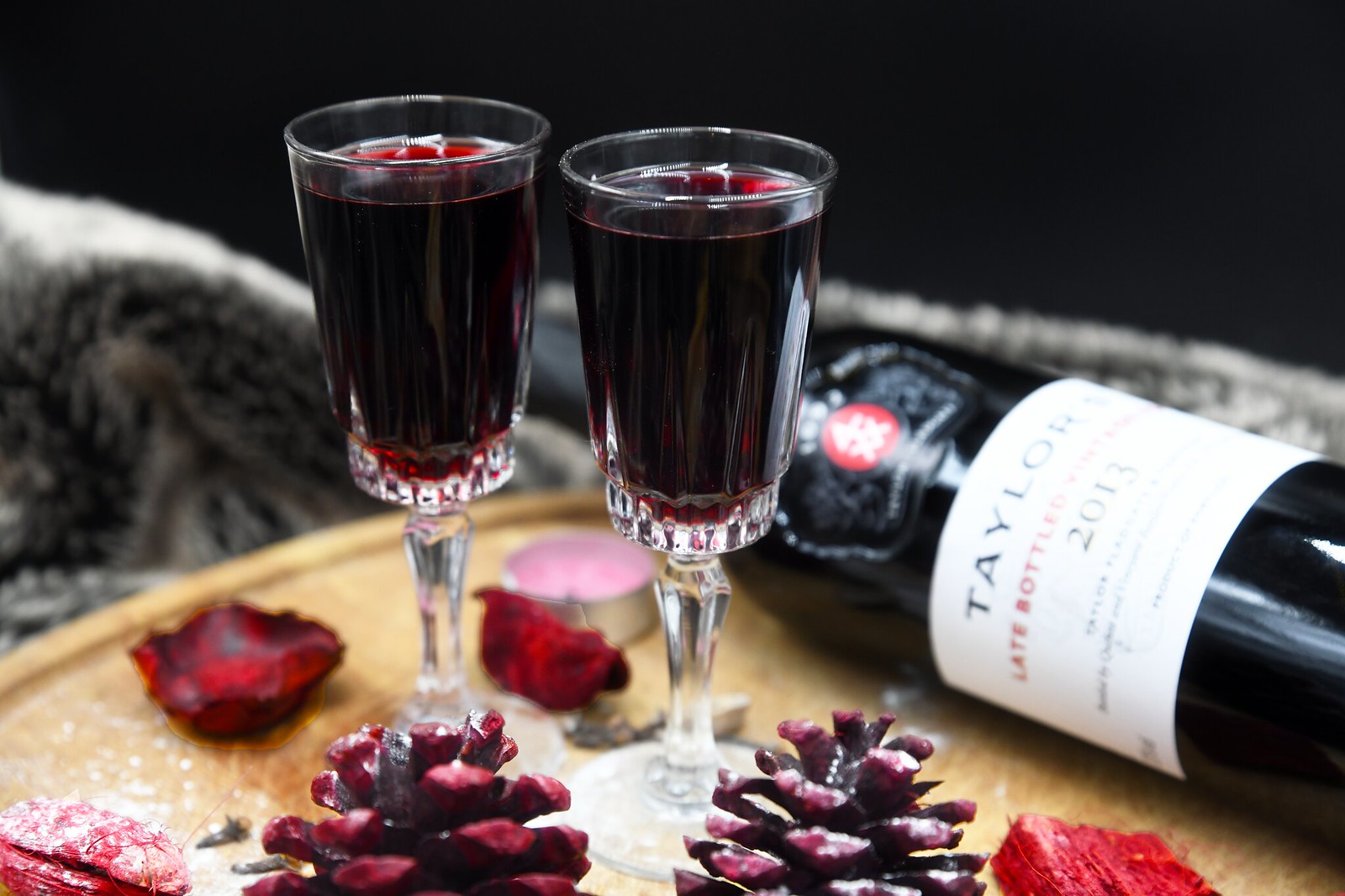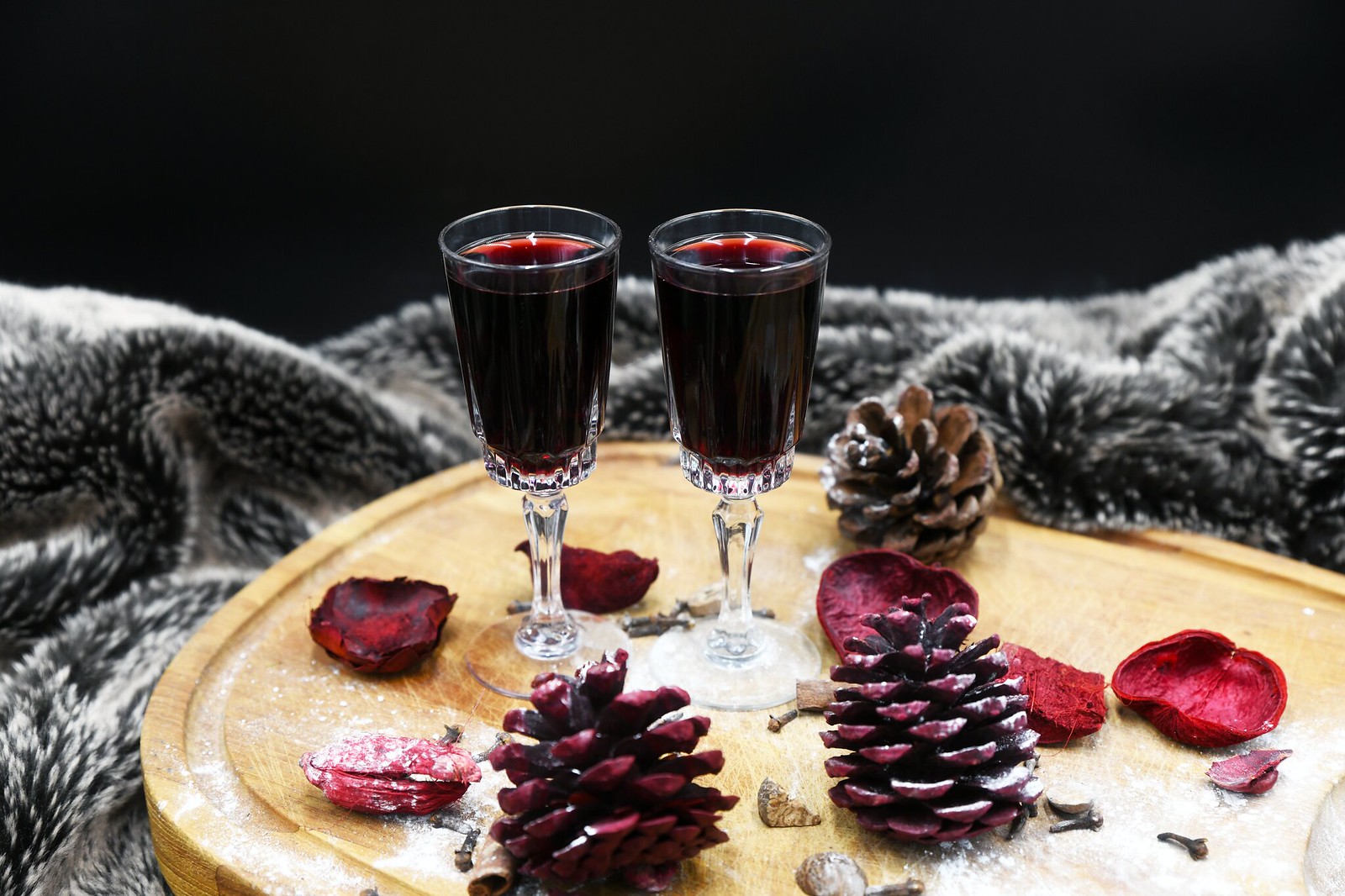We’ve teamed up with Taylor’s Port to find out the top tips for drinking port this Christmas to ensure each and every sip is as delicious as the last…
When it comes to winter there is one drink in particular that paves the way straight from the drinks cabinet – and that is port. With its deliciously rich notes and warm flavours it is a tipple of choice that is ideal for sipping round a fire, enjoying with cheese after a meal, or even adding to your own Christmas punch. After all, port is a drink to be savoured and enjoyed. Because of this, we have worked with Taylor’s Port to put together our top tips for drinking port this Christmas to get the most out of every sip…
How to serve port
One of the first questions many ask when it comes to serving port is whether or not it should be decanted. The answer to this is that it depends on which port you are drinking. You will need to decant Vintage Ports as they mature in their bottles and need to be decanted to remove the natural sediment and to allow the aromas to express themselves. Ports such as late bottled vintage ports and aged tawny ports don’t need to be decanted as they mature in oak vats or casks where sediment would have settled before being bottled.
When to serve port
Port wine is a wine that can be served with a whole host of different foods, though is most commonly served at the end of a meal with cheeses, dried fruits and walnuts. Going forward, you should consider the type of port you have (or want) and then pair foods with this. For example, full bodied, fruity red ports such as Ruby Ports, Reserve Ports and Vintage Port have intense fruit flavours and are best to be paired with cheese than any other wine. These flavours also make them great to be served with desserts such as a chocolate tart or dark chocolate mousse with red berries. Rich and Mellow Tawny Ports such as 10, 20, 30 and 40 year old tawny ports have a nutty taste with aromas of butterscotch and fine oak wood go well with almond tart, pecan pie or a creme brulee. Vintage ports go well with walnuts, dried fruits such as apricots or figs and richly flavoured cheeses. Finally, try a white port chilled as an aperitif or make a cocktail by pouring it over ice in a tall glass and topping it with tonic and fresh mint. You could also try drizzling a dash of white port into a warm soup on a winters day.
How to store port
Storing port properly is important to keeping the flavours intact. The best place to store your port is in a cool, dark and vibration free cupboard which is at a constant temperature – ideally of no more than 15C. If storing a Vintage port, it is recommended to store it on its side to keep the cork moist at all times. If you invest in an expensive port you can get this stored professionally with a good wine merchant.



